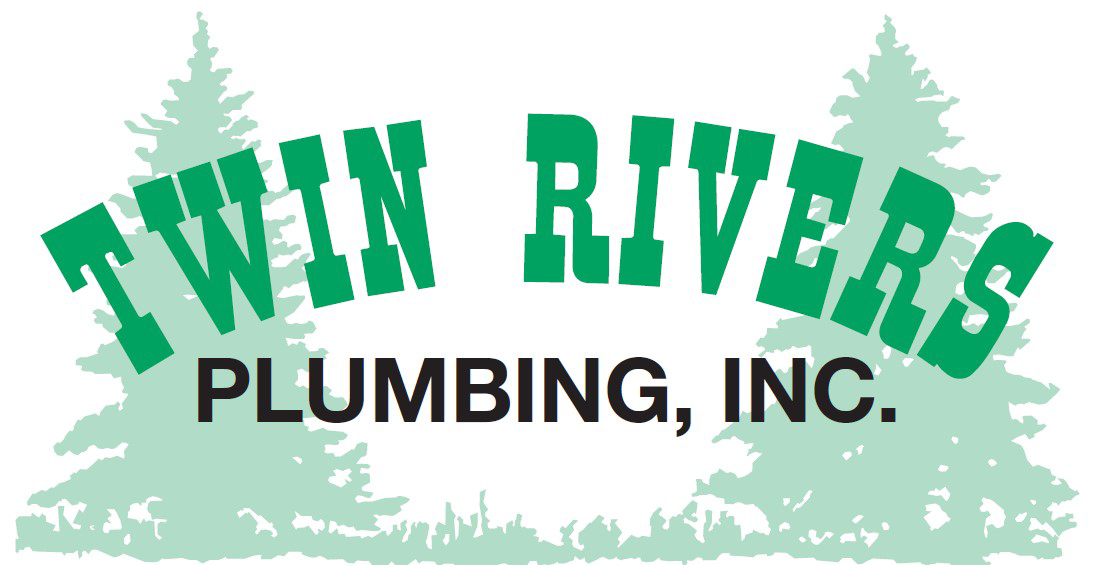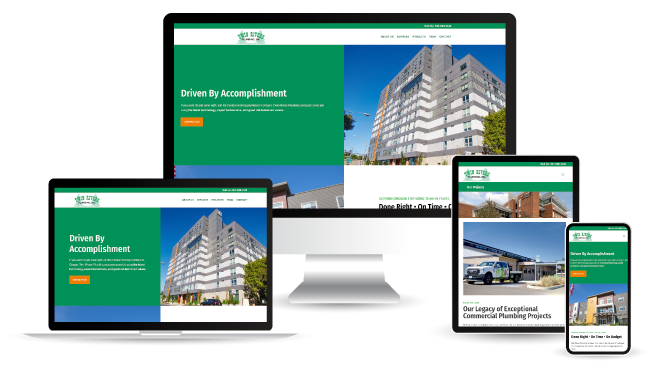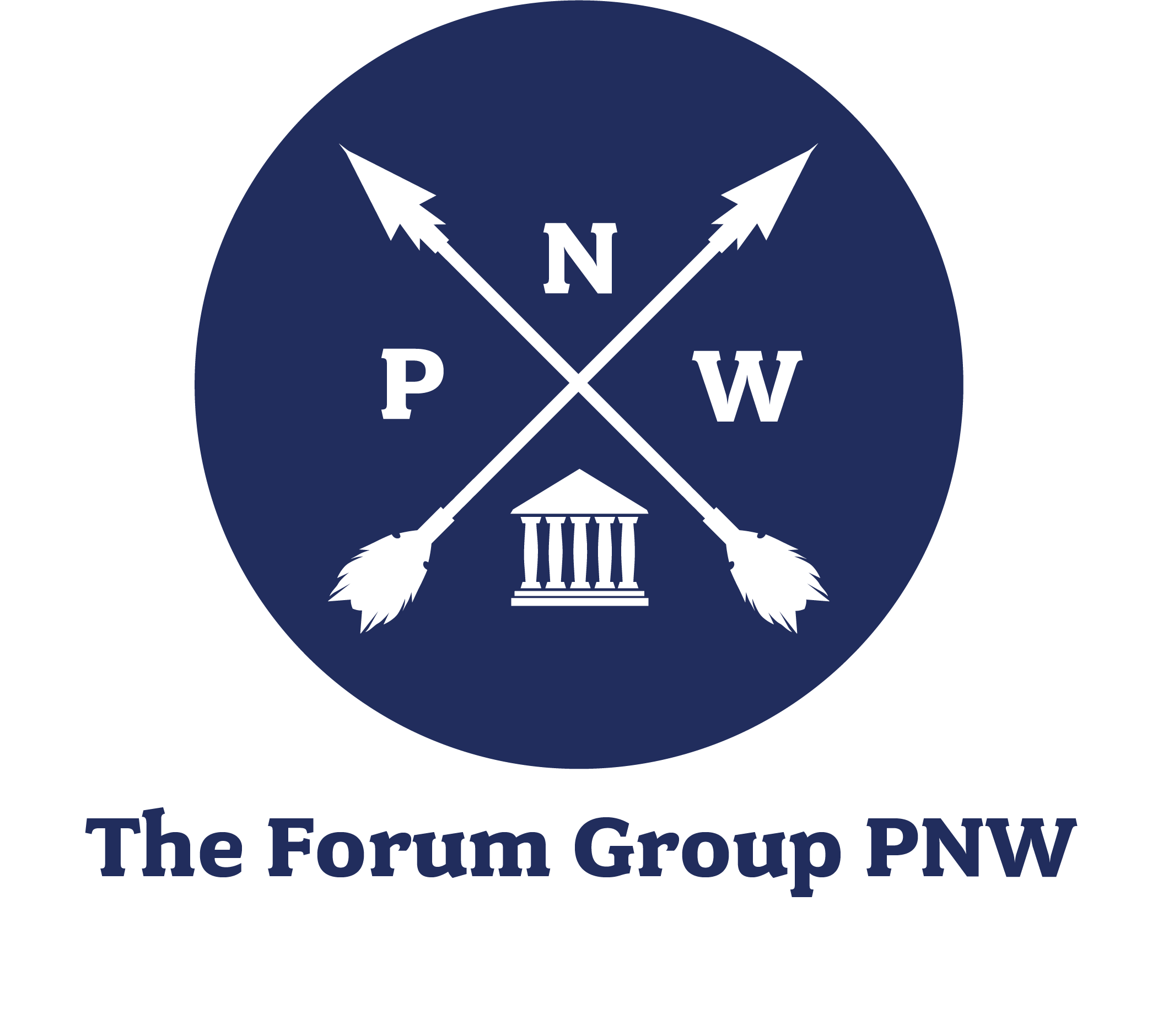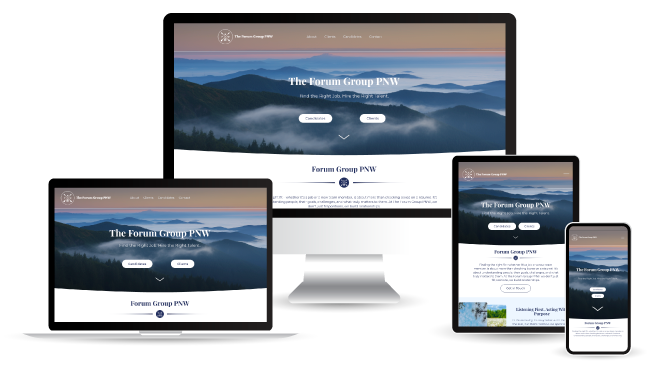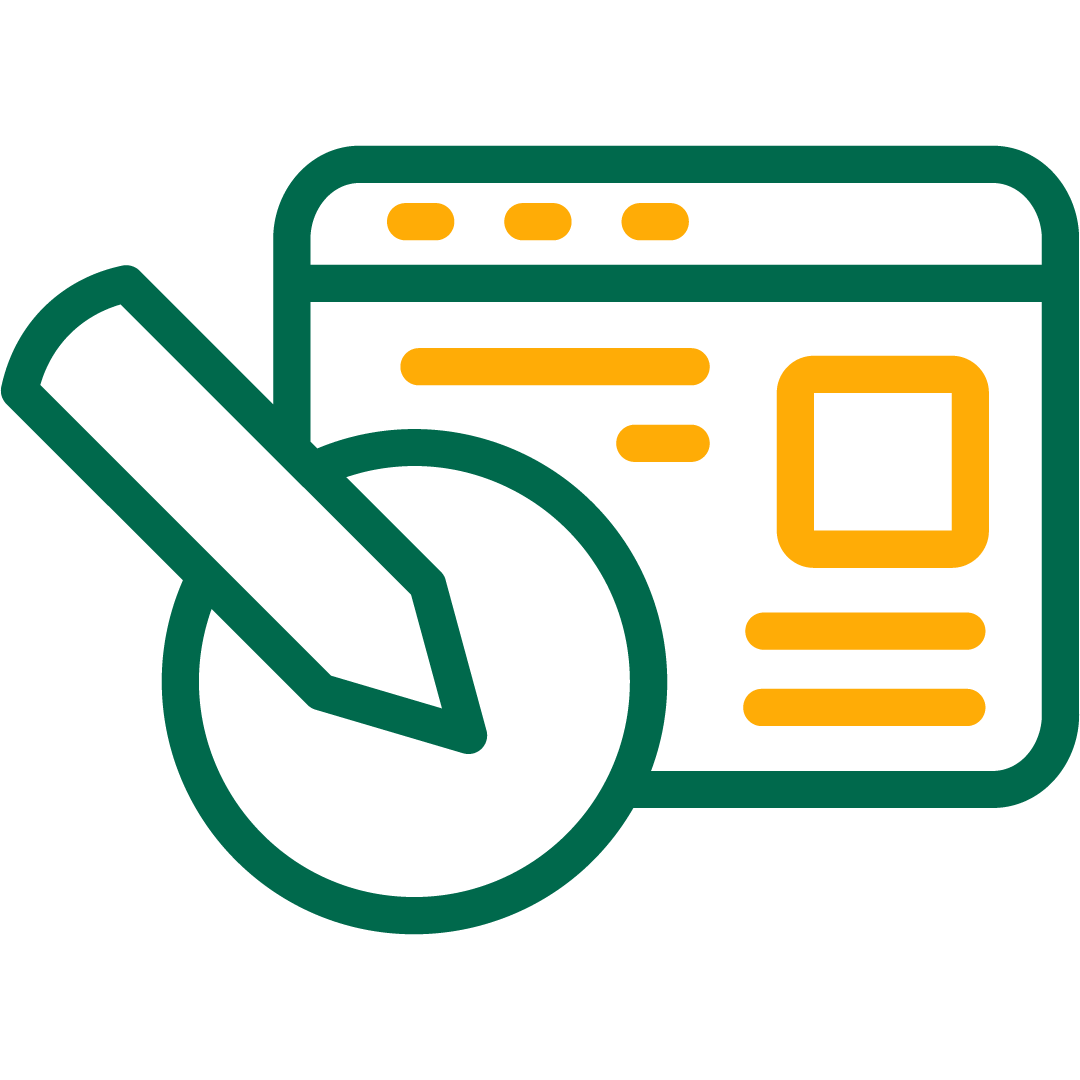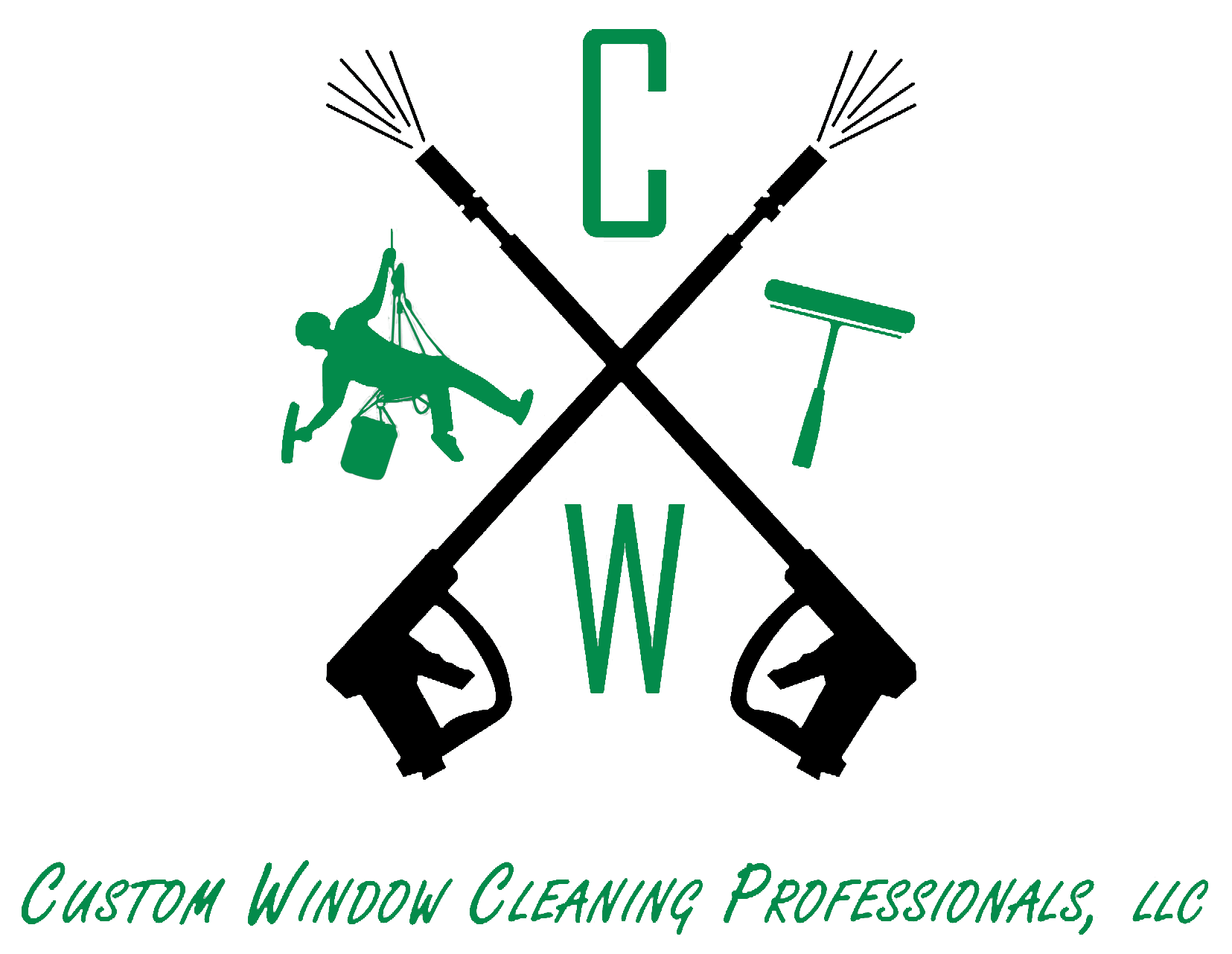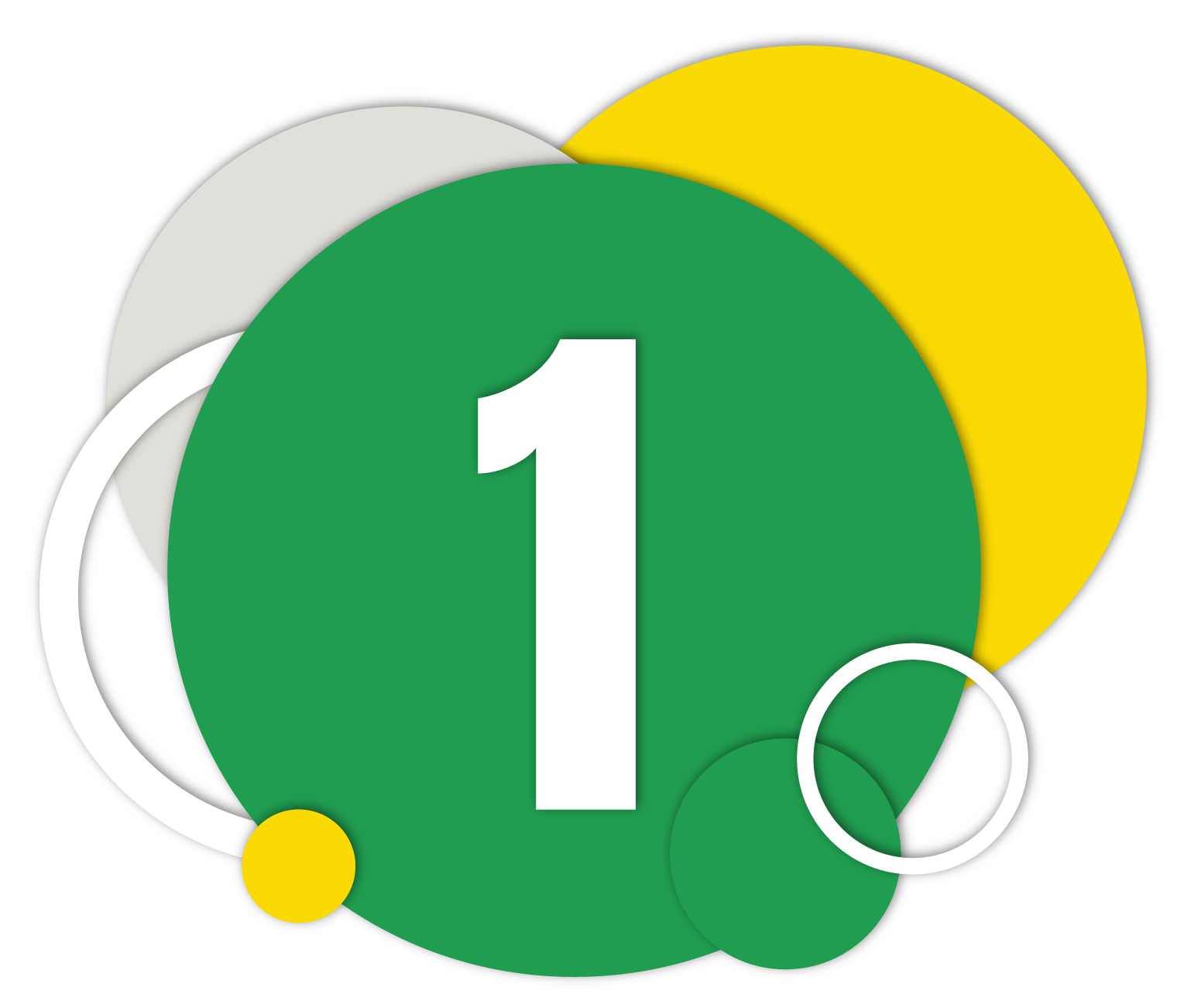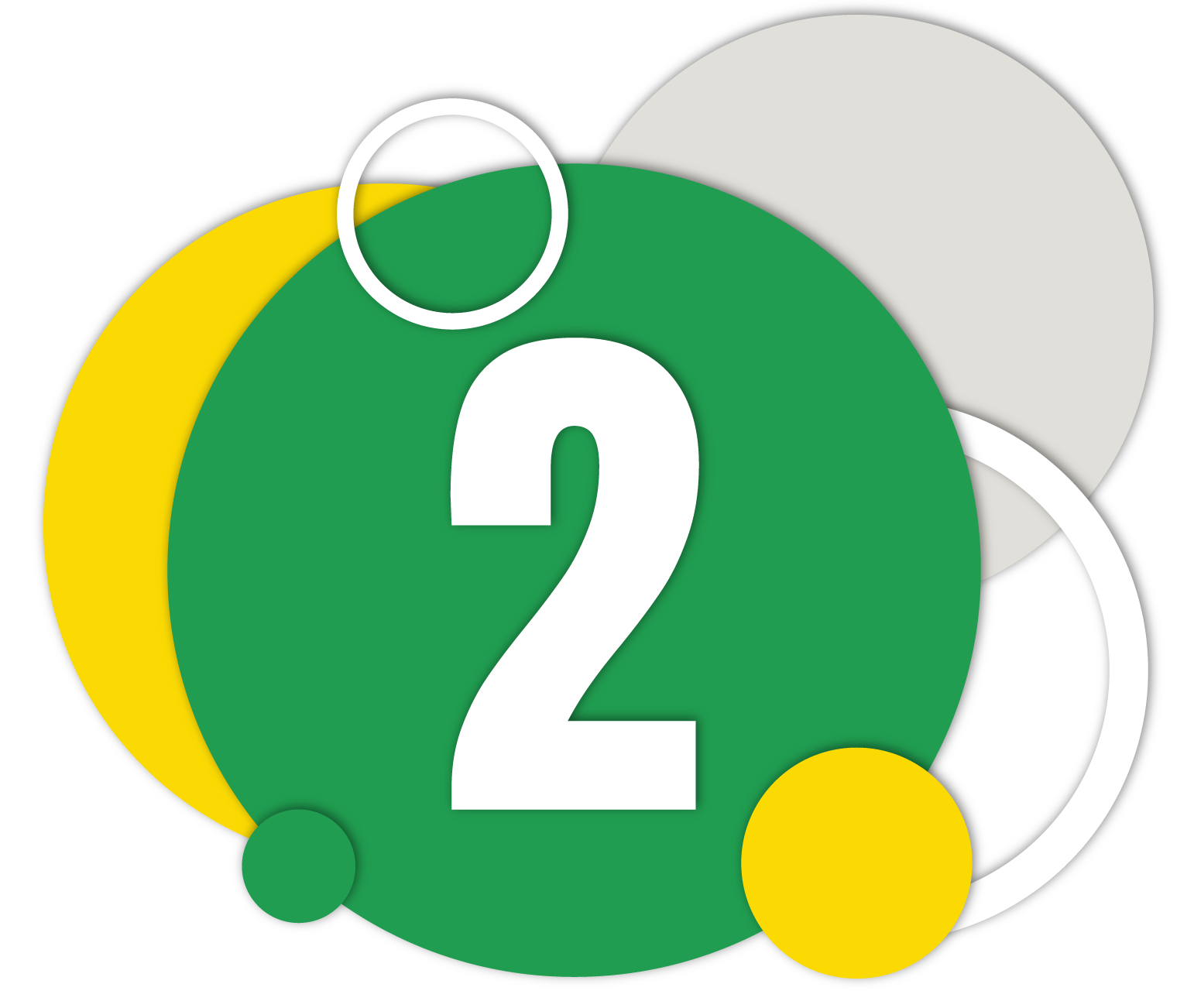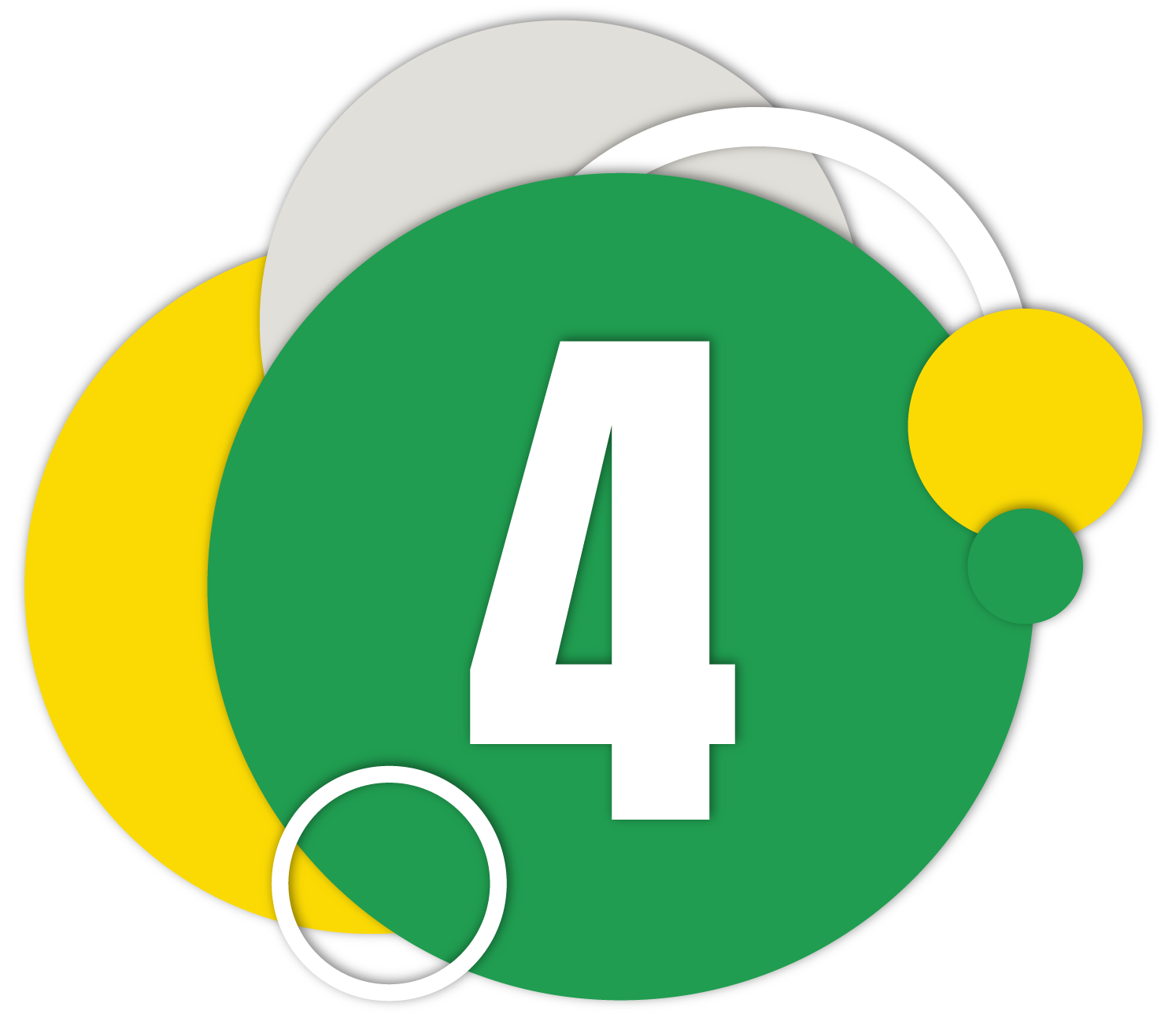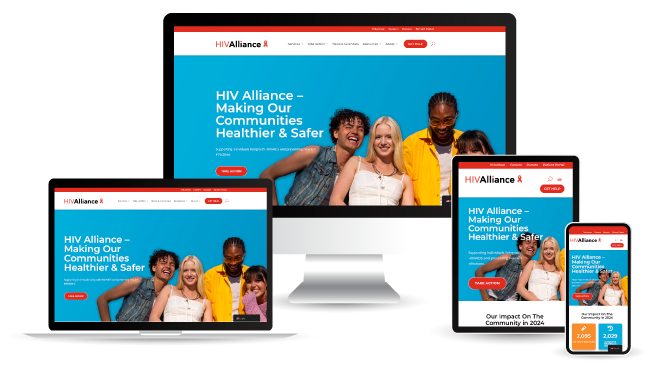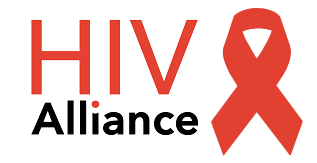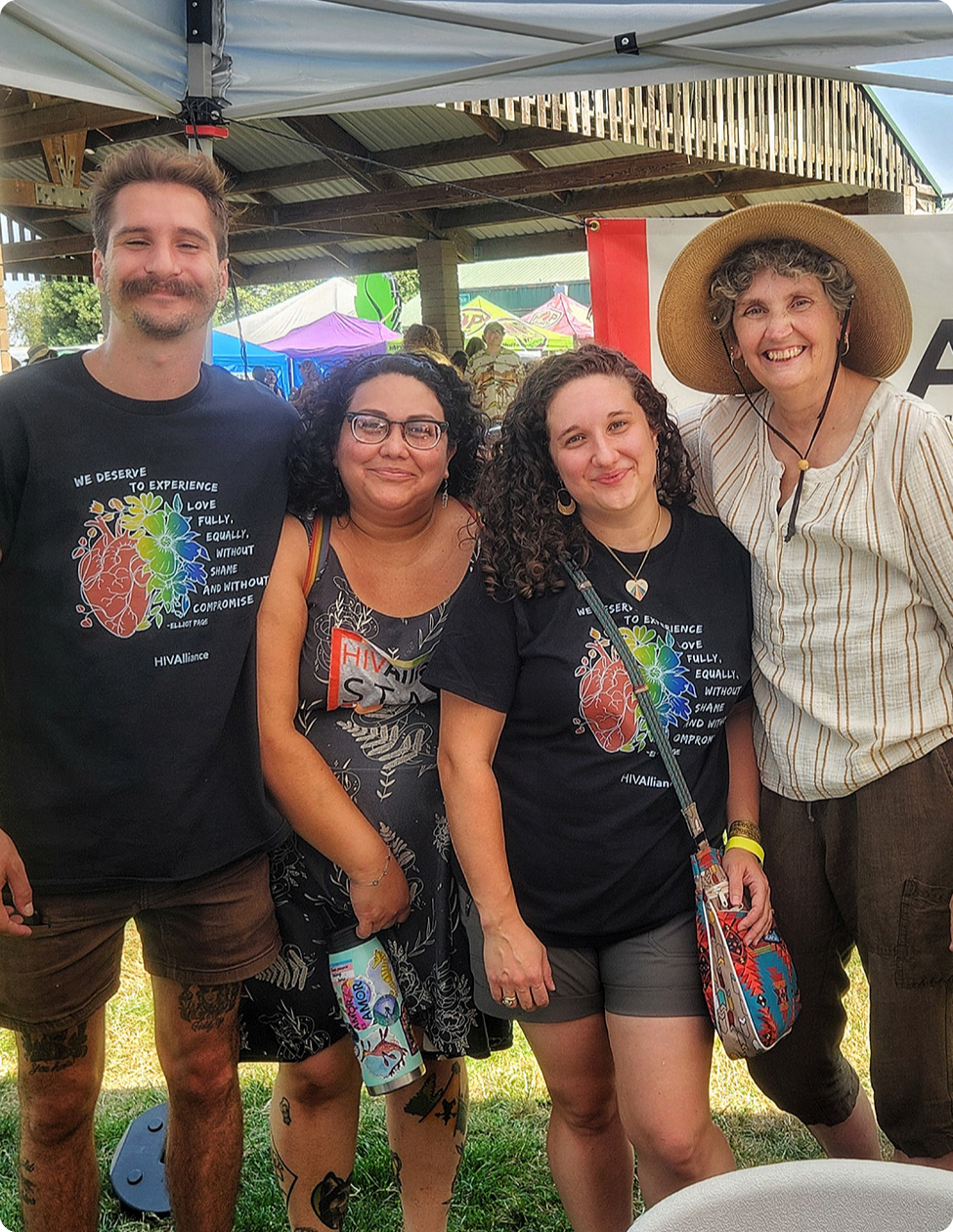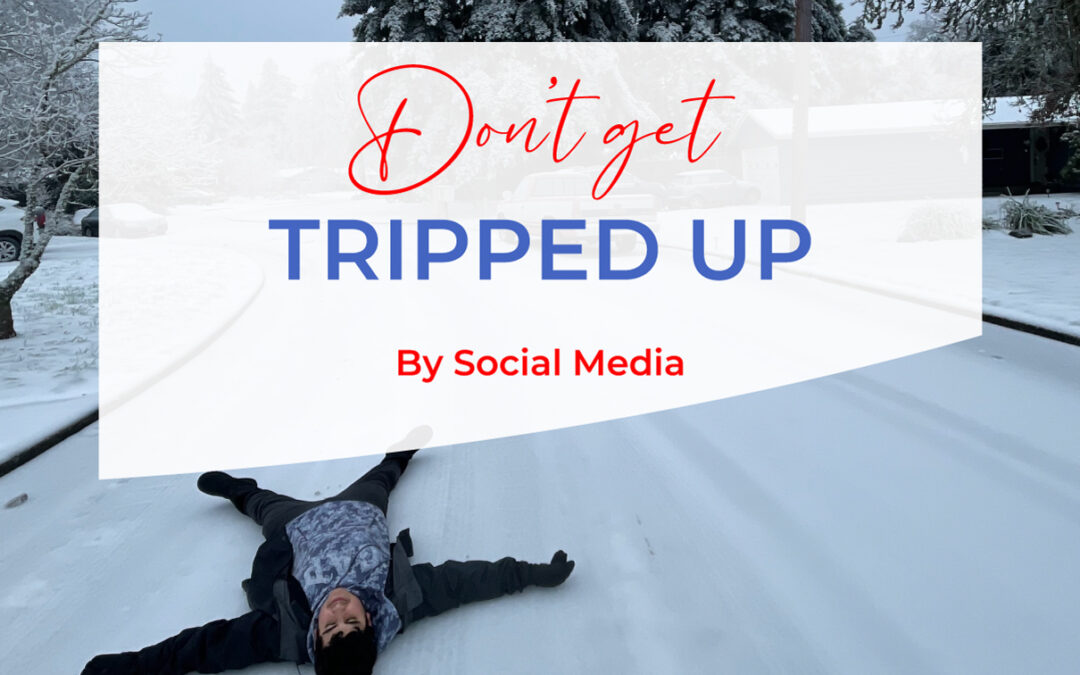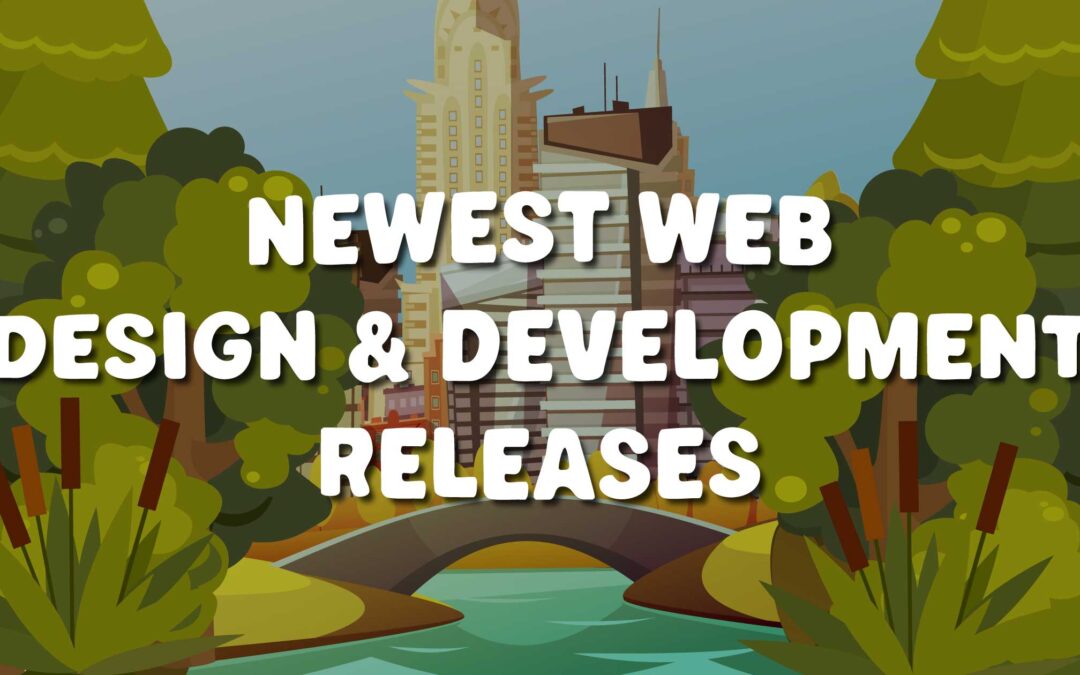
New Web Design and Development Releases from UplinkSpyder
We’ve been busy weaving together some new sites.
Take a peek at our most recent web design and development!
Twin Rivers Plumbing, Inc.
Forum Group: Two Brands, One Vision
Twin Rivers Plumbing, Inc.
Twin Rivers Plumbing — a company known for excellence in plumbing services across residential, commercial, and industrial sectors.
When Twin Rivers approached us, the goal was clear: create a professional online presence that reflects the breadth of their services and the depth of their experience. The result is a clean, modern website that does just that — while making it easy for clients to explore the full range of what Twin Rivers Plumbing can do.
Web Design and Development:
- A visually engaging homepage that quickly communicates the company’s strengths and values.
- A robust portfolio section to highlight completed projects across multiple sectors, with high-impact images and key project details.
- Easy navigation to explore residential, commercial, and industrial services.
- A fully responsive design that looks great on any device — from mobile to desktop.
- Optimized calls-to-action that drive inquiries and service requests.
This site isn’t just about aesthetics — it’s built for performance and growth, giving Twin Rivers Plumbing the digital presence they deserve.
Forum Group: Two Brands, One Vision
We’re proud to showcase our work with both Forum Group PNW and Forum Group HR Recruitment Partners, two distinct but aligned staffing and HR firms under the Forum Group umbrella.
It began with Forum Group PNW, a trusted recruitment partner serving Oregon, Washington, and Idaho. They came to us for a professional, modern website that would reflect their people-first approach and proven success in direct hire, executive search, and long-term placements. We delivered a clean, mobile-friendly site with compelling content, streamlined navigation, and thoughtful calls to action — all designed to connect talent with opportunity.
Impressed by the quality of our collaboration, the corporate office in New York and New Jersey engaged us next to develop a website for Forum Group HR Recruitment Partners, their East Coast HR division. This new platform communicates the team’s strategic, relationship-driven approach to HR, from compliance to employee relations and beyond. The result is a clear, approachable site that reflects their values and supports their mission of building strong, people-centered workplaces.
We also created new logos for both branches of the company, ensuring a cohesive, professional brand presence across all touchpoints.
Together, these projects highlight Forum Group’s commitment to excellence — and we’re honored to have helped bring their vision to life.
Enjoyed these two websites? Want to see how we can provide custom web design and development for your business?
